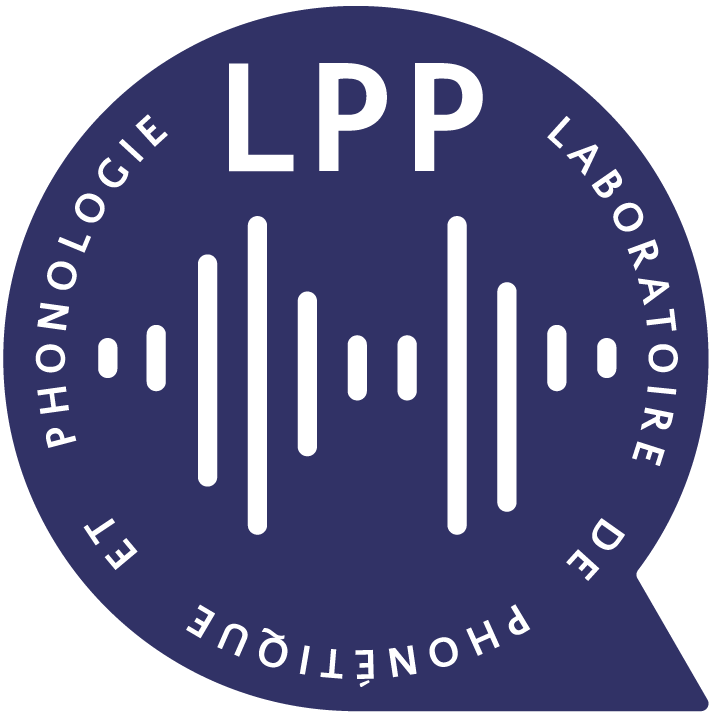Responsable LPP : Cécile Fougeron
Nom du projet : Gemination Harmony (acronym : GeHa) N 661530
Financement : « This research was funded by a research programme and innovation of the European Union Horizon 2020, through a Marie Sklodowska-Curie Individual Fellowship n 661530 awarded to Giuseppina Turco »
durée du projet : 24 months (01-09-2015 to 22-12-2017)
abstract :
The goal of this project is to investigate long-distance anticipatory effects from word-medial geminates across three unrelated languages – Italian, Tashlhiyt Berber and Japanese. In particular, it examines whether defining- and enhancing- features associated with geminates are already anticipated on the non-adjacent word-initial consonant (e.g., whether in the Italian [palla] “ball” the properties of the word-medial [ll] geminate are already foreshadowed on the word-initial [p]). In relation to the geminate-singleton distinction, Italian, Tashlhiyt Berber and Japanese present similarities (e.g. duration of the word-medial geminate consonant as primary correlate) and differences that are relevant for testing the following issues a) the type of length-related vs. strength-related properties that are spread from the word-medial geminate to the word-initial consonant ; b) the domain of the harmonic process, and more precisely, the role played by the intervening vowel (e.g. the [a] in [palla]). In addition to the language factor, long-distance anticipatory effects induced by geminates are tested against segmental factors (i.e. type of word-medial geminate consonant), prosodic factors (i.e. focus) and performance-related factors (i.e. speech rate). Acoustic, articulatory and perception experiments are designed to address these issues. The main contribution of this project lies in determining the articulatory, acoustic and perception bases of harmony as induced by gemination (‘gemination harmony’) within a cross-linguistic perspective. As such, it may provide important insights into the interplay between phonetics and phonology and have crucial implications for the understanding of long-distance effects in speech production and perception.


